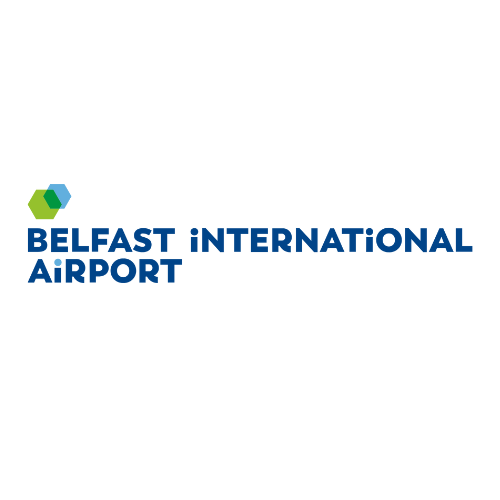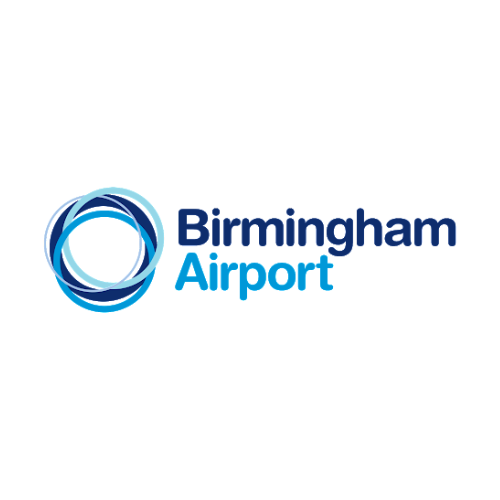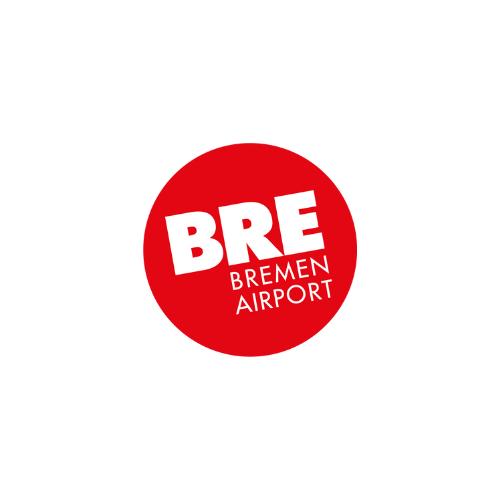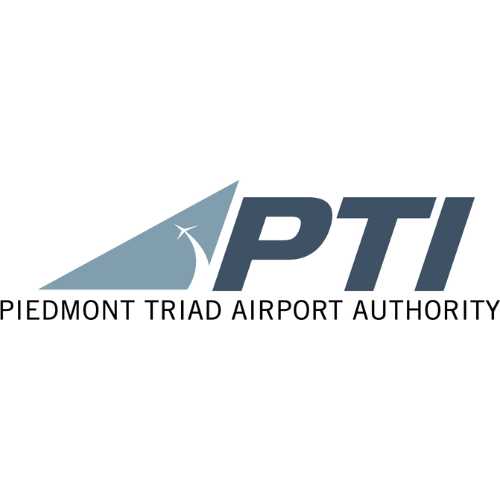Airports and air travel can often feel like labyrinths of stress and inconvenience for passengers. A multitude of challenges can arise from the moment they leave their homes until they board their flights. Whether it’s navigating through traffic congestion en route to the airport, enduring long waits at check-in counters, or grappling with inconsistent security procedures, these issues can heighten passenger stress levels.
In fact, 63% of travellers find getting to the airport to be the most stressful part of travel. And at 47% each, passing through security and waiting for transfers are other aspects of airport travel that stress passengers out.
Providing innovative services that focus on passenger experience can significantly minimise pain points at the airport. This can transform what is often a nerve-wracking experience into a smoother, easier journey for passengers.
In this article, we’ll discuss six common areas of passenger frustration and provide solutions that airports can implement to mitigate stress and improve the overall airport experience.
1. Getting to the check-in gate on time
For many travellers, the stress of an upcoming flight often kicks in before they even set foot in the terminal. The journey to the airport can be fraught with problems, from the unpredictability of traffic conditions to the difficulties of finding convenient and affordable parking. These issues can turn what should be the start of an exciting journey into a tension-filled ordeal.
Solution: Be proactive with updates and parking offers
Share real-time flight updates: Nobody wants to rush through traffic only to find out their flight has been delayed. Real-time flight status updates allow passengers to manage their time and adjust their departure for the airport, cutting down on unnecessary stress.
Offer the option to pre-book parking: You can’t control the traffic en route, but you can make sure they get from the parking lot to the check-in with plenty of time to spare. One immediate way to ease the stress is by offering a pre-booking parking service. By reserving a parking spot ahead of time, passengers can eliminate the hassle of reaching early enough to snag — and then search for — a parking spot, allowing them to focus on the rest of their journey.
Give parking discount codes: Does a passenger have a preferred parking lot? Offer them a discount code for their upcoming trip. This will save them the stress of searching for affordable parking options, creating a more relaxed start to their journey. It’s a win-win: they get the convenience and cost-saving, and you get a happy customer.
2. Checking in for the flight
The check-in counter is often where the nerves really kick in for passengers who know this is just the first queue they have to stand in. Long wait times and the pressure to get through this step quickly can set a stressful tone for the travel journey that follows.
Solution: Minimise the time spent in queue
Provide guided check-in communications: Instead of leaving passengers to fend for themselves in finding the quickest check-in counter, real-time updates can be a game-changer. By sharing information on the current wait times at various counters and self-service kiosks, you guide passengers to make smarter choices, reducing their wait time and associated airport stress.
Implement virtual queues: Digital queue management can add a new level of convenience. Virtual queuing allows passengers to secure their spot in line without physically standing there. They’ll receive a notification when it’s their turn, which lets them use their waiting time however they want — be it grabbing a coffee or catching up on emails — thereby reducing the frustration of idle waiting.
3. Going through airport security
Airport security serves the crucial role of ensuring passenger and flight safety, but they come with stressors of their own. The dread of long lines and the ticking clock create a stressful environment, exacerbated by inconsistent procedures that can differ from one terminal building to another.
Solution: Make getting through airport security a breeze
Offer virtual queuing: The great thing about virtual queues is that you can set them up anywhere at the airport where passengers will queue — including at security. Passengers who opt for virtual queuing don’t need to stand in a long queue watching fellow travellers load jackets, shoes, and liquids onto the conveyor belts, alleviating some of the stress associated with this step.
Provide fast-track security options: Expediting passengers’ passage through security can also enhance their overall travel experience. You can offer a pre-bookable security fast track service, especially for time-sensitive travellers like business users or VIPs.
Share security guidelines in advance: You don’t have to wait till passengers are at the airport to help them with the security process. With email marketing, you can send out useful information to travellers ahead of their journey that could include advice on items that are allowed or not allowed through security so that travellers can prepare while they’re packing.
4. Worrying about missing a flight
Passengers’ anxiety levels can spike because of uncertainties surrounding their flight. Will they get to their gate on time? Has the flight gate changed at the last minute? Have they missed a boarding announcement? Poor communication around gates and airport navigation can significantly heighten stress.
Solution: Share timely gate-related communication
Provide real-time flight and gate updates: Timely and accurate information about flight times, status, and boarding gates can go a long way in reducing passenger stress. Real-time updates can be pushed via SMS, email, or through an app so that passengers are always aware of where they need to be — and when — to make it on board their flight.
Implement location-based information services: Using real-time location data, airports can send passengers essential information tailored to where they are in the terminal. This can include recommendations for the quickest route to their gate or food and beverage vouchers for dining options near their location.
5. Being unable to understand airport staff and signage
Passengers flying through your airport can speak one (or more) of hundreds of global languages — but they might not be conversant in your airport’s local language. Passengers who aren’t familiar with airport jargon or face language barriers can find navigating an airport to be challenging. A lack of clear, easily accessible information can make people feel lost and overwhelmed in the airport, making it difficult for them to use airport facilities or find their gate on time.
Solution: Speak your customers’ language(s)
Offer effortless multilingual assistance: A multilingual digital chatbot offers an immediate and convenient solution for addressing frequent questions and providing essential information. Providing real-time flight and gate information, as well as directions to amenities and services within the airport, in multiple languages can help make passengers more confident of where they’re going and prevent them from feeling lost in unfamiliar surroundings.
6. Using slow and outdated technology
An outdated app or website can be a significant stumbling block for passengers, making even simple tasks like checking flight status a frustrating experience. Poor user interface, slow load times, and obsolete information can all contribute to this negative experience.
Solution: Provide modern, up-to-date web and mobile platforms
Create a user-friendly digital customer experience: Upgrading to an intuitive, mobile-friendly interface can significantly improve the passenger experience. A user-friendly platform streamlines the way passengers find what they need, from checking flight status to booking parking spaces. Features like integrated customer support directly in the app or website mean help is just a tap away, and passengers can plan their entire journey, including pre-booking amenities, in one go. By making things simple and straightforward, the platforms become easier to use for everyone, whether or not they’re tech-savvy.
The key roles of seamless communication and digital technologies in reducing travel stress for passengers
A common thread in all the above passenger pain points is a lack of communication, and it appears in different forms for passengers:
- not having access to real-time information
- being unable to understand airport announcements and staff
- using an unreliable platform with old information
The importance of clear and consistent communication throughout the customer lifecycle cannot be overlooked. Digital technologies and automation play a pivotal role here, streamlining operations and enabling personalised, timely interactions.
Whether it’s email marketing for navigating airport security, mobile device notifications with real-time flight updates, SMS alerts for journey planning, or a multilingual AI-powered chatbot for immediate assistance, these technologies enhance communication and reduce passenger stress.
Incorporating these diverse communication channels into a centralised strategy enhances the passenger experience, which is more important than ever today — according to Salesforce, 88% of customers say the experience a company provides is as important as its products and services. And airports that use digital technologies to seamlessly provide transparent, timely communication with passengers will increase overall customer satisfaction, leading to higher customer loyalty and potentially more revenue in the long run.
Become the airport of the future
Rezcomm can help you minimise passenger stress at the airport with our integrated digital technologies and communication modules. Download our brochure, watch our video, or get in touch today to learn how together we can reduce pain points and elevate the customer journey.




























